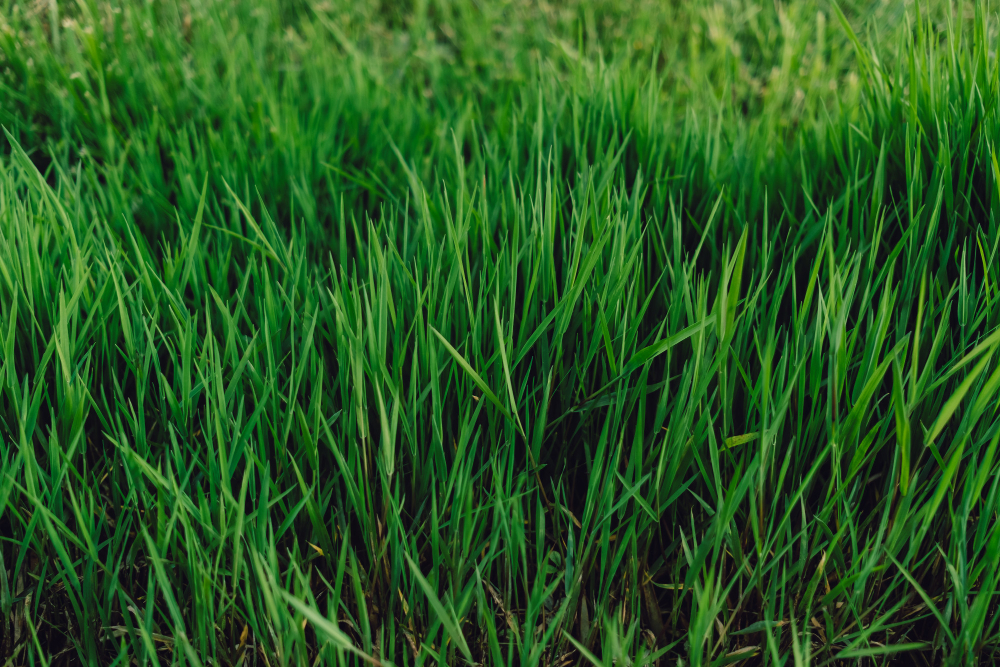A Complete Guide on How to Care for Your St. Augustine Grass

A lush, green lawn is the hallmark of a well-maintained lawn. And when it comes to creating such a lawn, few grass species can match the beauty and durability of St. Augustine grass. Known for its thick, dense blades and exceptional ability to tolerate heat and humidity, this grass species has been a top choice for lawns in Florida and other Southern states for decades.
But like any other plant, your St. Augustine grass needs proper care to thrive. In this blog post, we will give you a complete guide on how to care for your St. Augustine grass to keep your lawn green and healthy year-round.
1. Mowing
Mowing is an essential part of maintaining a healthy lawn, and the same goes for St. Augustine grass. One thing to keep in mind is that this species tends to grow faster than some other grasses, meaning you may need to mow more frequently. However, you should never cut more than one-third of the grass blade length at a time to prevent damaging the lawn. We recommend mowing your St. Augustine grass to a height of 3-4 inches during the growing season and 2-2.5 inches during the dormant season.
2. Watering
Like all grass species, St. Augustine grass needs water to thrive, especially in hot, dry weather conditions. We suggest watering your lawn deeply but infrequently to encourage deep root growth. A good rule of thumb is to water your St. Augustine grass once a week with about an inch of water, although this can vary depending on the climate, soil type, and other factors. Be mindful of overwatering, as it can lead to fungal growth and other issues.
3. Fertilizing
Fertilizer is another critical component of St. Augustine grass care. There are many types of lawn fertilizers on the market, but for best results, we recommend using a well-balanced fertilizer formulated specifically for St. Augustine grass. You should fertilize your lawn about four times a year, with the timing depending on your region's climate. In general, apply fertilizer in the spring, early summer, late summer, and in the fall.
4. Weed Control
Weeds can be a major headache for lawnowners, and St. Augustine grass is no exception. The best way to control weeds in your lawn is to maintain healthy turf through proper mowing, watering, and fertilization. You can also use herbicides to target specific weed types. Be sure to read the label and always follow the application instructions carefully to avoid damaging your St. Augustine grass or harming the environment.
5. Pest Control
Like any plant, St. Augustine grass is susceptible to pest infestations. Some of the most common pests that can damage St. Augustine grass include chinch bugs, armyworms, and sod webworms. The key to preventing pest problems is to maintain a healthy lawn through proper care practices. You can also use insecticides to control specific pest populations, although we recommend doing so only if necessary and under the guidance of a lawn care professional.
Conclusion
St. Augustine grass is a beautiful and durable lawn grass that can thrive with proper care. By following these tips for mowing, watering, fertilizing, weed control, and pest control, you can keep your St. Augustine grass looking lush, green, and healthy year-round. If you need help with sod maintenance or sod installation in Orlando, FL, contact From The Ground Up Landscaping for expert services and free estimates. Happy lawn care!